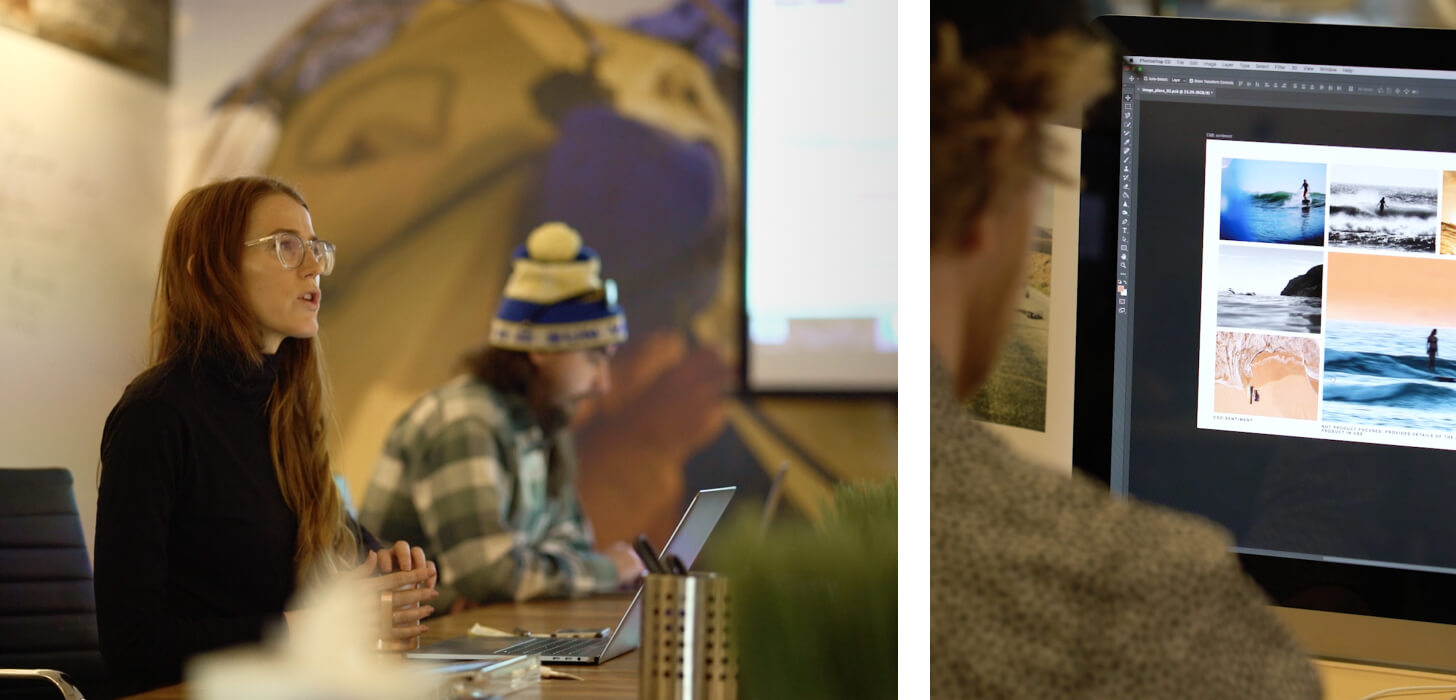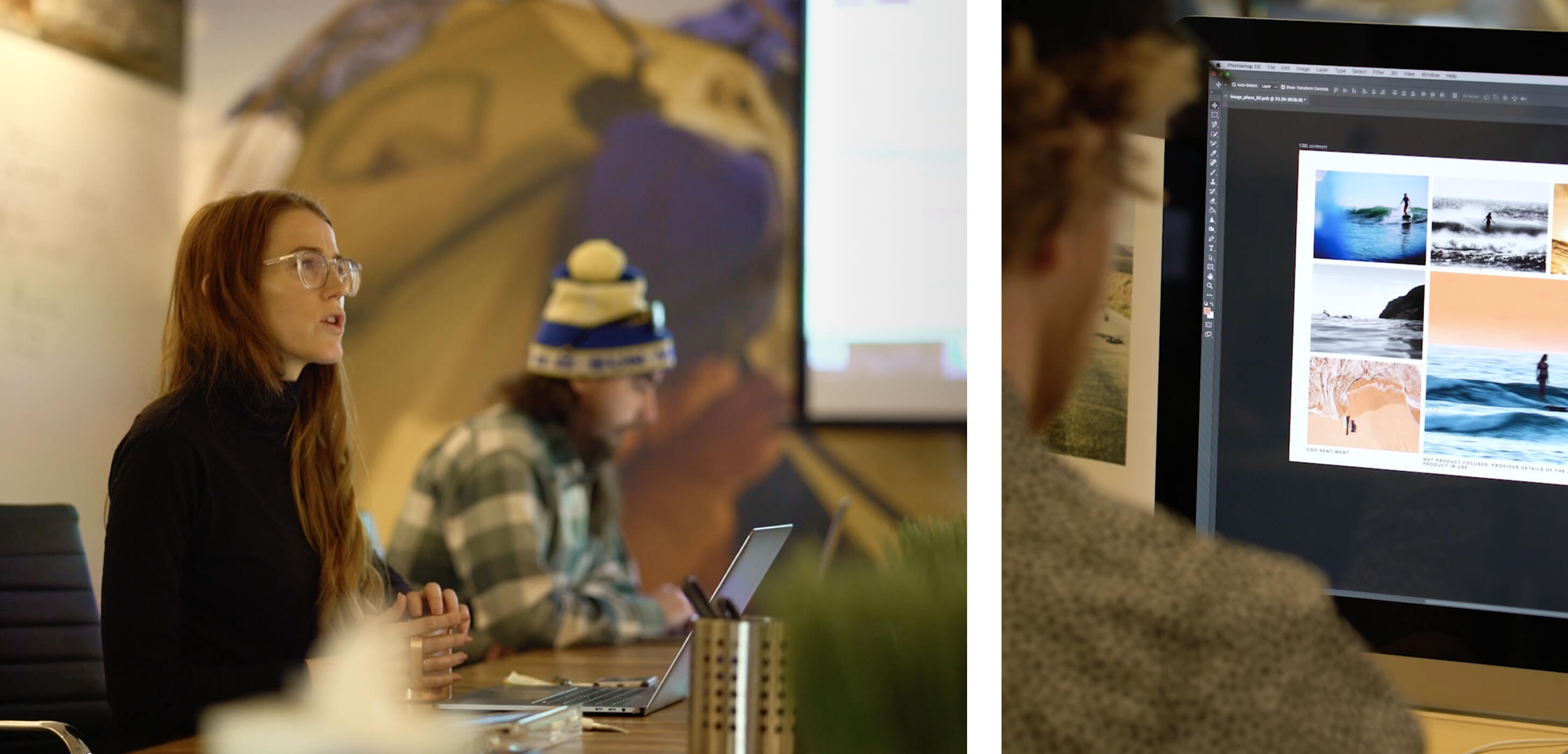Backcountry's Creative Team Relies on Wrike to Build Their Brand
Headquarters
Park City, UT USA
Industry
Retail
# of Employees
1,200
# of Users
50
Why Wrike
Creative team struggled with finding a framework to track projects and deliver on ideas
Departments Using Wrike
Creative and Marketing
Feature Highlights
Workflows, Proofing & Approvals, Templates, Dashboards
Their story
The creative team struggled with finding a framework to track projects and deliver on ideas
For the Backcountry creative team, life is best lived outside. A staff of elite athletes — some ex-Olympians and all die-hard outdoors enthusiasts — curate the retailer's product catalogue. They've used their storytelling skills and extensive product knowledge to transform the retailer into a leading purveyor of upscale outdoor clothing and recreation gear.
The team gained their product knowledge in the Utah backcountry, but their actual work is done indoors. Collaboration and production happens across several teams, including marketing, creative, and merchandising groups, to name a few. They tackle several types of projects, from product releases to launching new videos on their website.
"We really are one team," says Ivan Ward, Backcountry's Media Manager and Producer. "One of our core company values is to work as one team, and we really strive to do that in really every aspect. We have people from all over coming together to really make sure what you see on the site comes to life. And it's really essential for our success — being able to collaborate and communicate quickly and efficiently, and make sure we're all on the same page."


Despite working as a single team, a lack of visibility got in the way of making good ideas actionable. They had plenty of great ideas and stories, but there wasn't a solid means to track those ideas or turn them into concrete deliverables.
"Life pre-Wrike was pretty chaotic," says Leigh Stokes, Backcountry's Creative Services Traffic and Project Manager. "With growing a brand, we had a lot of input coming in from all different areas. The software that we used at the time was okay, but we also used several other Google docs and forms to compile it all. So we were often working in multiple different functions to get anything done."
Much of their project processes fell into a similar trap. So they needed a tool with enough flexibility to fit within their current workflow and rigid enough to provide a working structure.
"At Backcountry, basically all of our projects follow the same process," says Georgia Steenberge, Backcountry's Design Director, Production. "No matter what size the campaign is, we're still going to go off site, we still need images, we still need to get approval, we still need copy. So all those steps have to happen no matter how large or small a campaign is."
Wrike's ability to organize the workflow of our creative team gives me huge peace of mind. With so many moving parts and such a large team, it's really great to have one place I can go and know that everything I need to know is there.
Georgia Steenberge, Design Director, Production
Their victory
A structured workflow with improved visibility empowers creativity and enables the team to share their story
As projects scaled, the Backcountry team desperately needed that flexible yet rigid work management solution. Then they found Wrike.
"As we started to ramp up, we realized that we need to invest in the right tools in order to execute on this brand vision," says Ward. "So Wrike really was a good fit for us in terms of being able to take creative briefs through the execution process onto delivery. It just was the right size, the right feature set, and pretty intuitive to use for our particular team, so it's honestly a great tool for us."
Today, Backcountry launches all their creative projects in Wrike. An initial kickoff leads into the creation of a concept brief within Wrike. The team adds all their ideas and feedback to the brief, giving everyone on the team a voice. More importantly, it gets them all bought into the overall direction. Once they get a sign off from their merchandising partners, product partners, and brand partners, the brief is expanded and formalized with concrete deliverables and action items housed within Wrike.
"Wrike doesn't take the place of brainstorming or creative collaboration. What it really does is it helps you track that and make sure all those steps are happening," says Steenberge. "It doesn't do the thinking for you, but it really sets you up to have that structure in order to take action."
I'm better at my job because Wrike helps me and my team stay organized on a day-to-day basis to help make sure our tasks are done and we finish our projects on time.
Leigh Stokes, Creative Services Traffic and Project Manager
The ability to track and execute on ideas has been monumental to the success and confidence of the creative team.
"Wrike really does inspire confidence as a leader simply because when you know where things are at any given point and you know your team's workload, you know how to plan," says Ward. "You simply have visibility into everything, and I think visibility for sure is confidence inspiring."
With expectations clear and a solid structure, Steenberge and team have truly grown the Backcountry brand creatively and confidently.
"Creatives really seem to thrive when they have really clear expectations, and then when they have really clear understanding of where they fit within a process," says Steenberge. "And that really creates just a better workflow and better collaboration within the team. So if you're really confident in what exactly you're supposed to do, when you're supposed to do it, and who you're supposed to collaborate with, you feel valued and you feel really confident in what you bring to that exact project."
Their superpowers
Proofing up-levels creative assets
The proofing tool is their go-to feature for seeking approval and making sure the right people see the right assets. "Wrike's proofing allows me to look at assets in real time. So if our photographer is shooting down in the studio, he can quickly upload a contact sheet for me and I can quickly let him know if it's going in the right direction," says Steenberge.
Using templates to make data-informed decisions
After building out templates in Wrike, Steenberge knows exactly how long each project will take. "My work/life balance has improved simply by using templates to justify why we need a certain amount of time to work on a project," says Steenberge. "I can push back and say, 'This is why we need X amount of time, and this is how we are addressing this problem.'"
Dashboards improve team visibility
As a manager, Steenberge uses dashboards to track ongoing projects across a team of designers, copywriters, editors, and web developers. "I have dashboards for each one of them that I can pull up and view during one-on-one's and we can talk through projects," says Steenberge. "I can look at their blockers and see if I need to jump in. So I definitely rely on having dashboards heavily when it comes to managing my team."
Find out how Wrike can help your business
Schedule some time to talk with one of our experts.



